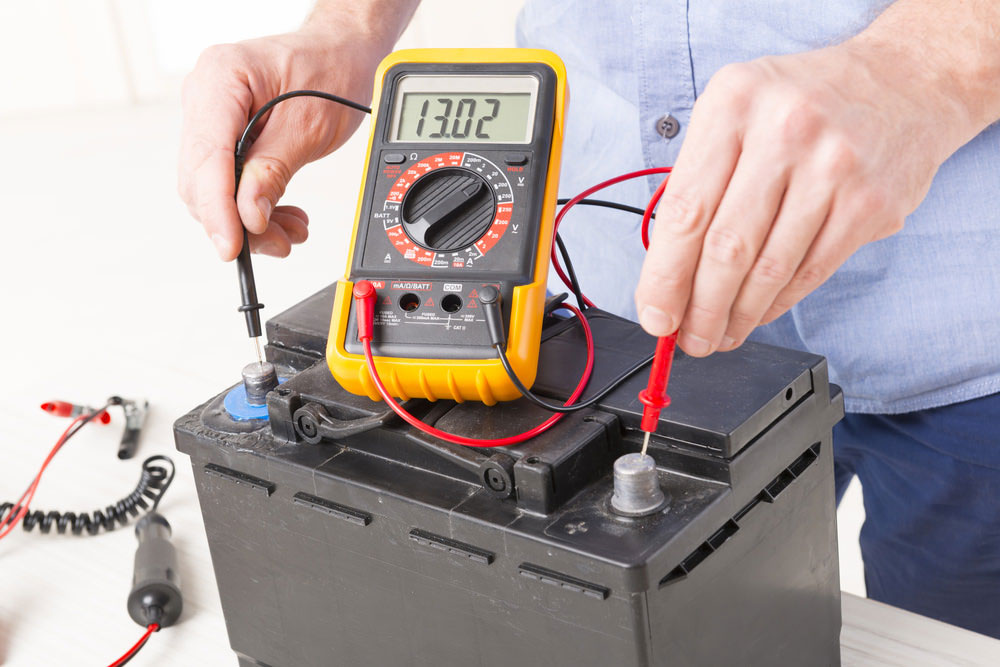Testing the stability of a lead-acid battery involves assessing its condition and performance in various ways. Here are some methods to determine if a lead-acid battery is stable.
- Visual Inspection: Start by visually inspecting the battery for any signs of damage, corrosion, or leaks. Look for bulging or swelling of the case, which could indicate internal pressure buildup.
- Electrolyte Level: If the battery is of the flooded type, check the electrolyte level. Ensure it covers the plates adequately. Low electrolyte levels can lead to sulfation and reduced battery performance.
- Specific Gravity: Measure the specific gravity of the electrolyte using a hydrometer. Specific gravity readings can indicate the state of charge and overall health of the battery. Compare the readings to the manufacturer’s specifications for the battery’s state of charge.
- Open Circuit Voltage (OCV): Measure the voltage of the battery when it’s not connected to any load or charging source. A stable battery should have an OCV within the expected range for its state of charge. Refer to a voltage chart for lead-acid batteries to interpret the readings accurately.
- Load Test: Perform a load test to assess the battery’s ability to deliver power under load. Connect a load tester to the battery and apply a load equivalent to a high current draw, such as starting a vehicle. Monitor the battery voltage and observe how it responds under load. A stable battery should maintain voltage within an acceptable range during the test.
- Internal Resistance: Measure the internal resistance of the battery using a specialized battery tester. Lower internal resistance indicates better battery performance and stability.
- Temperature Stability: Monitor the battery’s temperature during charging and discharging. Excessive heat buildup can indicate inefficiencies or faults within the battery. Ensure the battery remains within its recommended temperature range during operation.
- Cycle Testing: If possible, subject the battery to a series of charge-discharge cycles to evaluate its stability and performance over time. Cycling the battery under controlled conditions can reveal any degradation or abnormalities in its behavior.
- Voltage Recovery: After subjecting the battery to a load or charging cycle, observe how quickly it returns to its resting voltage. A stable battery should exhibit prompt voltage recovery once the load is removed or charging is complete.
- Comparative Analysis: Compare the test results with the battery’s specifications and performance benchmarks. Significant deviations from expected values may indicate instability or deterioration.
Regularly performing these tests can help ensure the stability and reliability of lead-acid batteries, especially in critical applications such as automotive, standby power, and renewable energy storage. If you’re unsure about performing these tests yourself, consider consulting a professional or relying on specialized equipment for accurate assessment.


